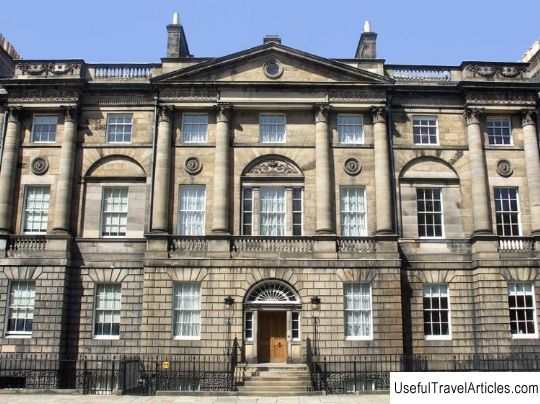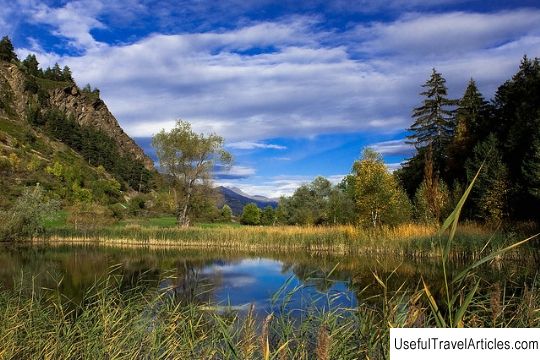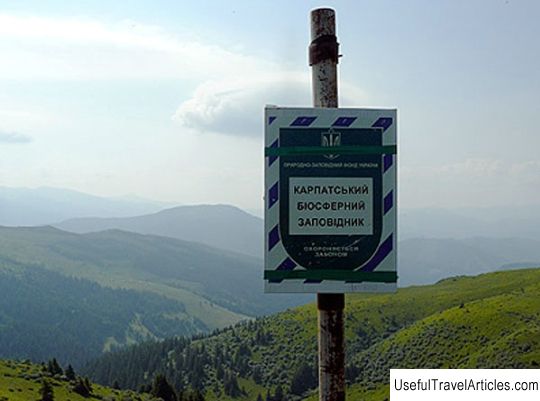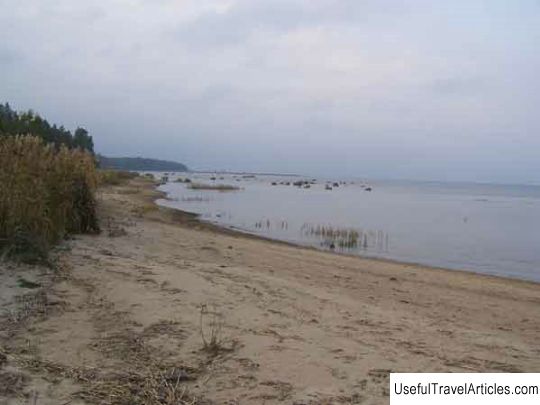Zuvinto Rezervatas nature reserve description and photos - Lithuania
Rating: 8,2/10 (1209 votes) 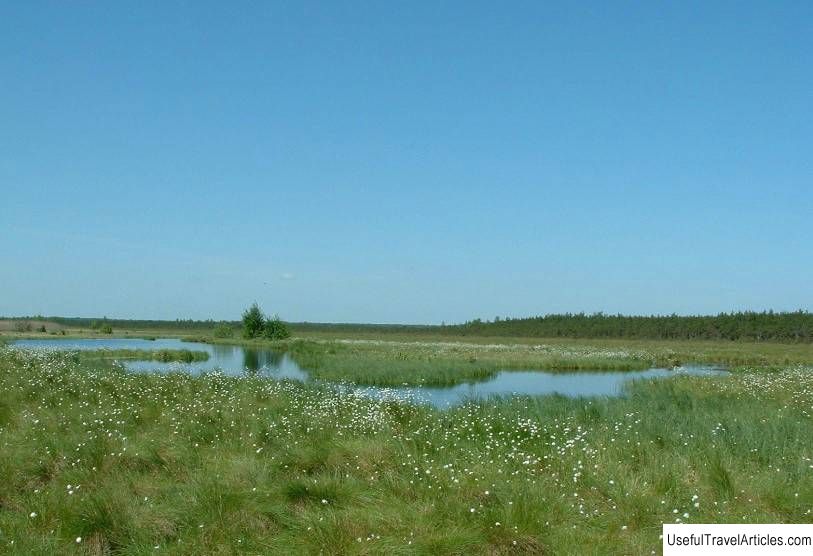
Zuvinto Rezervatas nature reserve description and photos - Lithuania. Detailed information about the attraction. Description, photographs and a map showing the nearest significant objects. The title in English is Zuvinto Rezervatas. Photo and descriptionZhuvintas Nature Reserve was founded in 1946 in the southern part of Lithuania, namely in the Alytus region. It completely covers Lake Zhuvintas, for this reason it received this name. The area of the reserve is 5420 hectares, of which 1032 hectares belong to Lake Zhuvintas itself, 1211 hectares belong to forests, 2881 hectares are swamps, and 68 hectares belong to meadows. It is known that the reserve regime previously worked on this lake, which began in 1937. By 1976, the Zuvintas Nature Reserve became a branch of the Kaunas Zoological Museum. Lake Zhuvintas itself has unusual floating islands, but most of the area around it is covered with swamps, represented by both upland and lowland types. Another large water body of the reserve is the Dovine River, which is located in the Shushupe basin. The relief of the reserve is mainly represented by plains, with detached and low hills. The climate here is moderate: the average temperature in the month of July reaches 16.5 ° C, and the average temperature in January is -5 ° C. The average annual rainfall reaches from 600 to 800 mm. 473 plant species are officially registered in the Zhuvintas reserve, of which 105 species are mosses and algae. In the northern part of the reserve, there is the Bukta forest, which is a swampy spruce forest with an admixture of hornbeam, aspen and birch. Reed thickets and lacustrine vegetation thrive in this area, and all this is due to the flourishing of zoobenthos of zooplankton: mollusks, annelids, dragonfly larvae and mosquitoes, isopods, which are a rich food base for a huge number of fish. If we take into account the numerous fish, then it is worth mentioning such as: tench, pike, roach, rudd, bream, bleak, perch, silver bream and three-spined stickleback. About 217 bird species are registered in the reserve, including nesting and waterfowl: mallard, mute swan colonies, whistler teal, crackling teal, crested ducks and red-headed duck. The special pride of the reserve is the mute swan. Back in 1937, a pair of swans settled on this site for the first time, and then the natural natural re-acclimatization of these birds in Lithuania began. The mammals of the Zhuvintas reserve are represented by 29 species, for example, roe deer, common wild boar, European hare, common squirrel, elk, fox, raccoon dog, black polecat, river otter, weasel and others. Regular hunting from nearby areas limits the number of wolves in the reserve. One by one, wolves appear in the reserve in winter, but they do not bring much harm to the local fauna. Muskrat huts were found on the Dovina River in 1969. These animals settled here on their own and began to expand their habitat, which was helped by warm winters over several years. In 1982, new inhabitants of the Zhuvintas reserve appeared in the area of the lake - American minks, the number of huts of which reached 15. by 1985 The development of the natural complexes of the reserve is determined not only by natural, but also by anthropogenic factors. Natural changes in the ecosystems of the Zhuvintas reserve are manifested not only in the overgrowing of the entire lake and its silting, the accumulation of peat, an increase in the share of high bogs, but also in the flow of chemicals into the ecosystem and the plowing of adjacent lands.        We also recommend reading Castle of Montemor-o-Velho (Castelo de Montemor-o-Velho) description and photos - Portugal: Coimbra Topic: Zuvinto Rezervatas nature reserve description and photos - Lithuania. |
